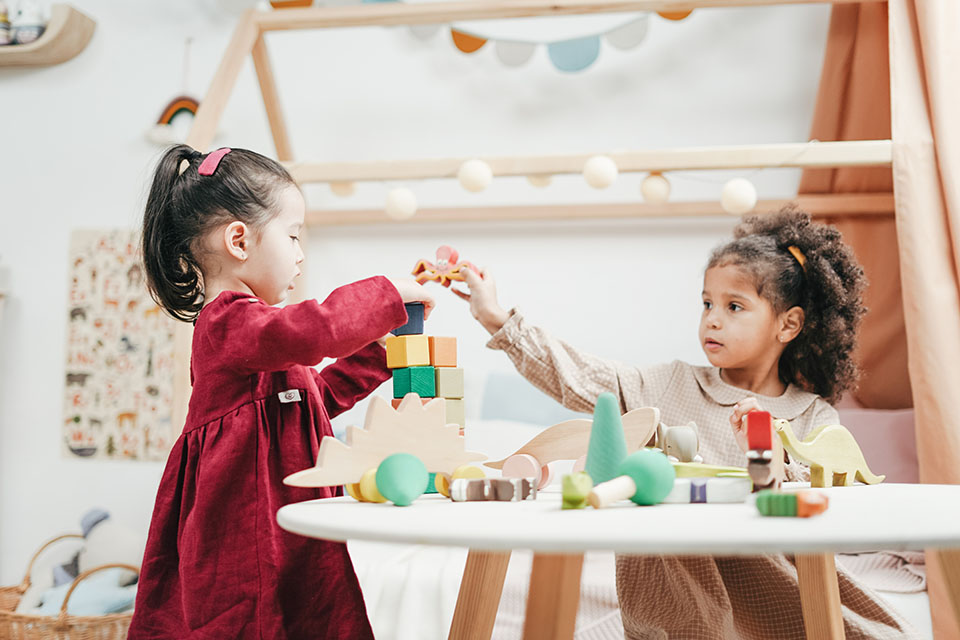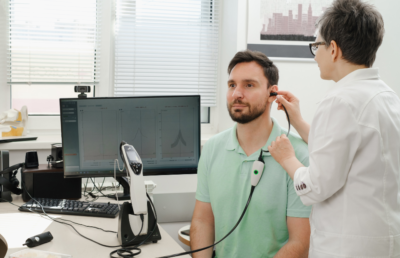Having an appropriately audiologically fit hearing aid is one of the most important things for a successful outcome when wearing hearing aids. Fit determines not only the patient’s physical comfort level (and therefore likelihood of actually wearing the hearing aid) but also the actual sound quality and functioning of the hearing aid. Because children grow so quickly and have other special requirements, fitting them with hearing aids is a unique challenge.
And let’s not forget, correcting hearing deficiencies in children is particularly important, because unlike adults, where hearing is mostly a quality of life issue, with children, hearing issues can cause speech and language delays that can potentially impact that child for life.
If you suspect your child might be suffering from hearing loss, the first thing you’ll want to do is to get your child’s hearing tested. Then, when it comes to fitting him or her with hearing aids, it’s important to see a pediatric audiologist, or at least someone with significant experience treating children’s hearing. Children grow quickly so ear molds have to be changed frequently. There are also durability issues for hearing aids for children — they need to be able to withstand more wear and tear than the equivalent hearing aids on an adult.
Babies and small children cannot always report what they are experiencing so this is where the knowledge of the audiologist is so important. When working with children, audiologists measure the hearing aid output in the ear by using a probe microphone system to judge how much speech will be heard through the hearing aid. Based on the results, the audiologist can compare different hearing aid settings and different listening situations. The differences between audibility with and without the hearing aid also can be compared.
Probe-Microphone Testing Steps
- A small, soft tube is placed in the child’s ear with the ear mold.
- The tube is attached to a microphone.
- The probe microphone measures the amount of sound coming out of the hearing aid while it is on the ear.
Because children’s ears are so much smaller than those of adults, the audiologist needs to take measures on every individual child’s ear to make sure hearing aids make speech audible. Frequent appointments are then needed to ensure that nothing about the functionality of the hearing aids changes as the child grows.
On the bright side, unlike with adults, hearing aids for children should be covered or least have a benefit by insurance per Illinois state law. The law, passed in 2018, mandates that the state needs to pay for replacement costs of hearing aids every 3 years until a child turns 18. This is a huge benefit, considering that children will definitely grow out of hearing aids over time, and that each new pair can cost several thousand dollars.
Think your child may be suffering from hearing loss?Get in touch with us today to set up an appointment!




